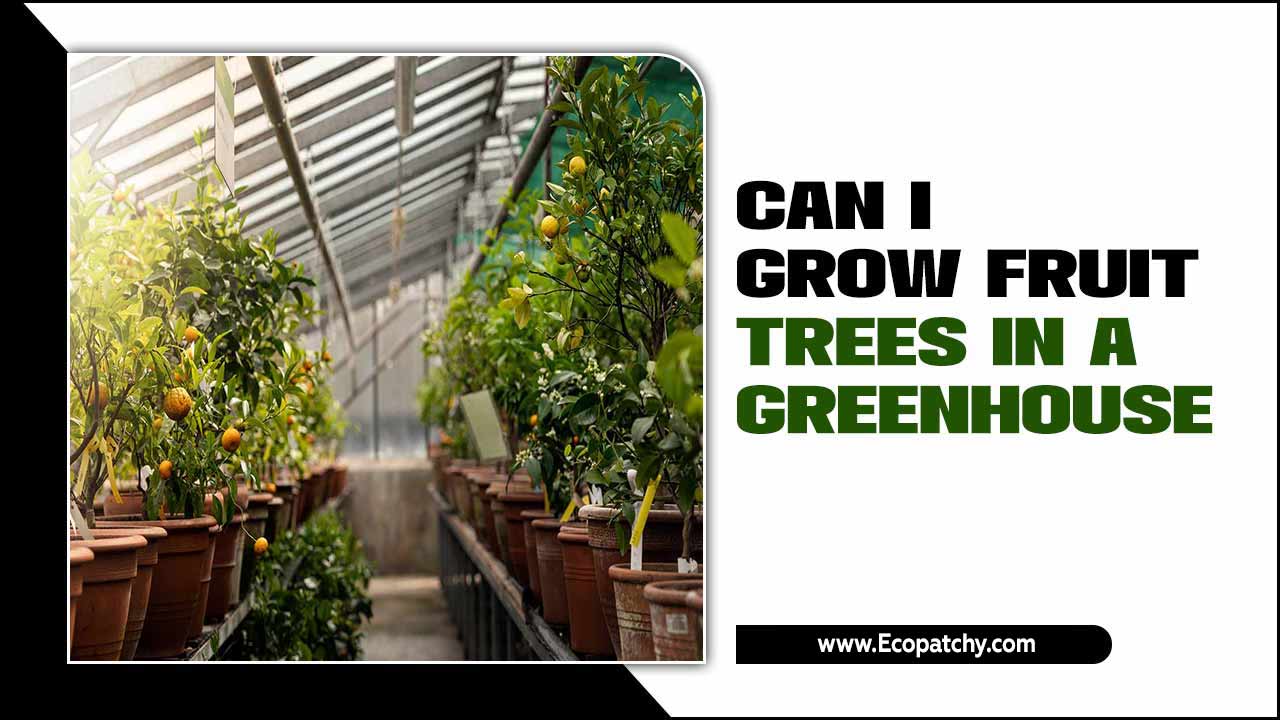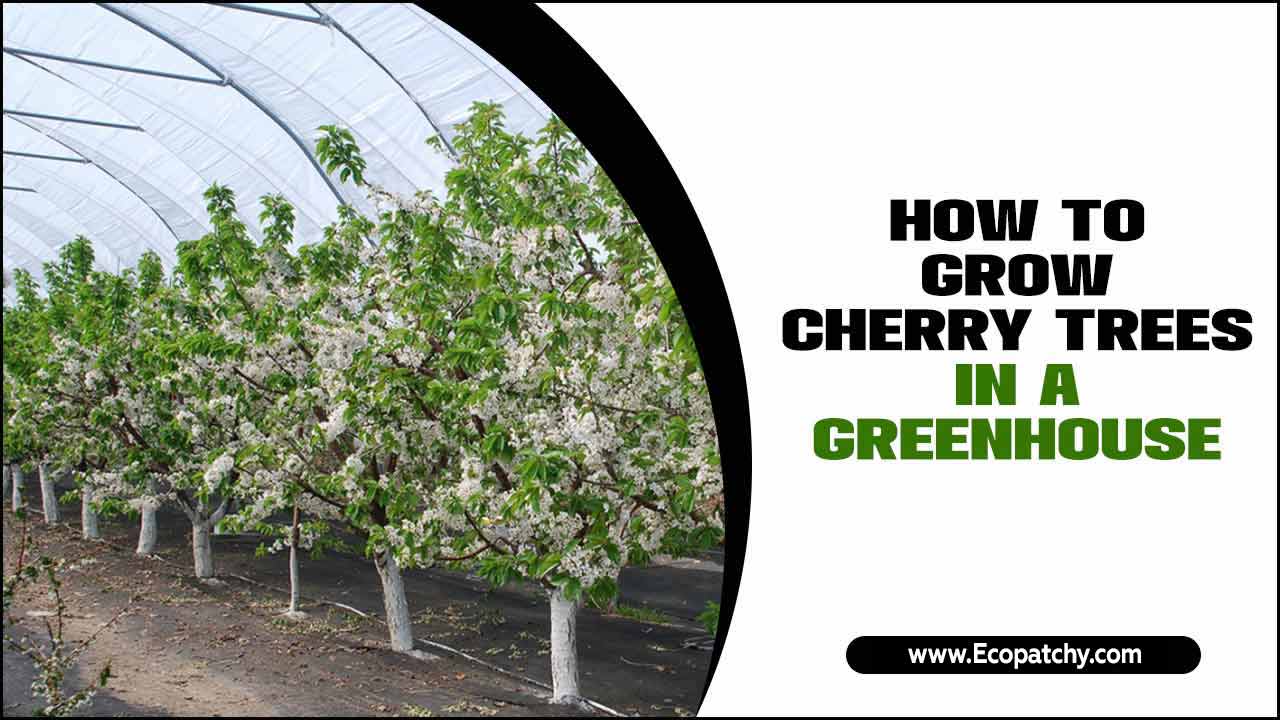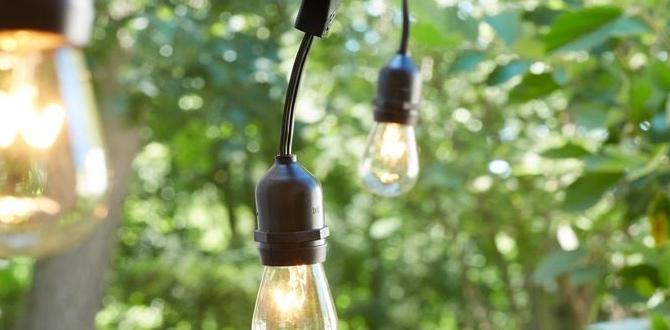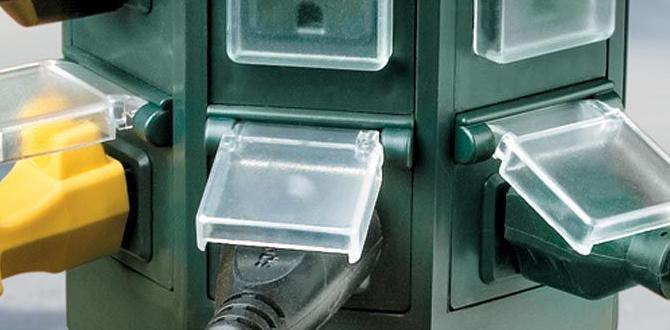Apple trees are a staple in many home gardens, providing not only beautiful blooms in the spring and delicious fruit in the fall but also a sense of accomplishment for the gardener.
However, growing apple trees in regions with harsh climates can be a challenge, and many gardeners are turning to greenhouses as a solution. With a controlled environment and protection from the elements, greenhouses offer ideal conditions for apple trees to thrive and produce a bountiful crop.
However, the process of growing apple trees in a greenhouse may seem daunting to those who are new to this method. That’s why, in this article, we will guide you on how to grow apple trees in a greenhouse. We will provide you Importance of growing apple trees in a greenhouse. So, let’s dive in and learn how to create a mini orchard in your very own backyard with the help of a greenhouse.

5 Tips To How To Grow Apple Trees In A Greenhouse
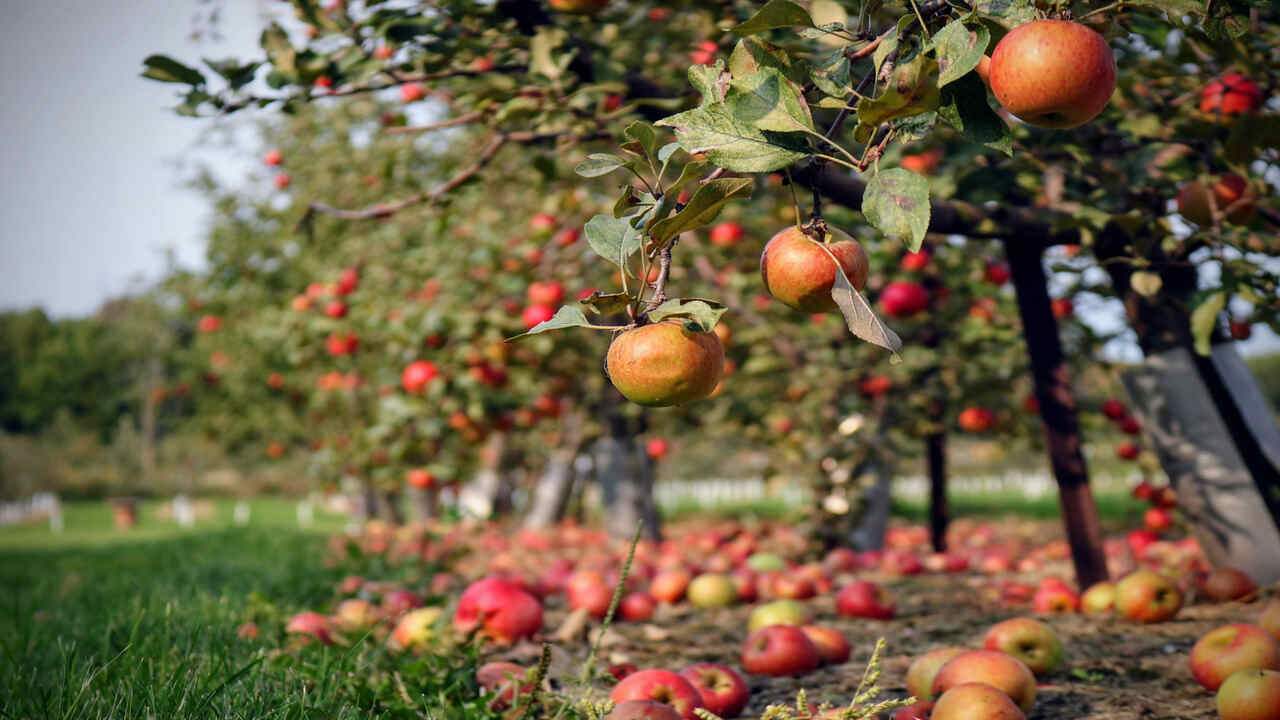
Knowing how to grow apple trees in a greenhouse is paramount for aspiring horticulturists and commercial growers alike. Greenhouses provide a controlled environment with numerous advantages for growing apple trees, allowing for optimal growth and enhanced productivity.
Understanding the techniques of growing apple trees in a greenhouse enables growers to extend the growing season. By creating a favorable microclimate within the greenhouse, growers can protect the apple trees from harsh weather conditions, such as frost or excessive heat.
This protection ensures that the trees can thrive and produce high-quality fruit throughout the year, even in regions with unfavorable climates. bellow we provide 7 steps to help you grow apple trees in a greenhouse
1.Proper Site Selection
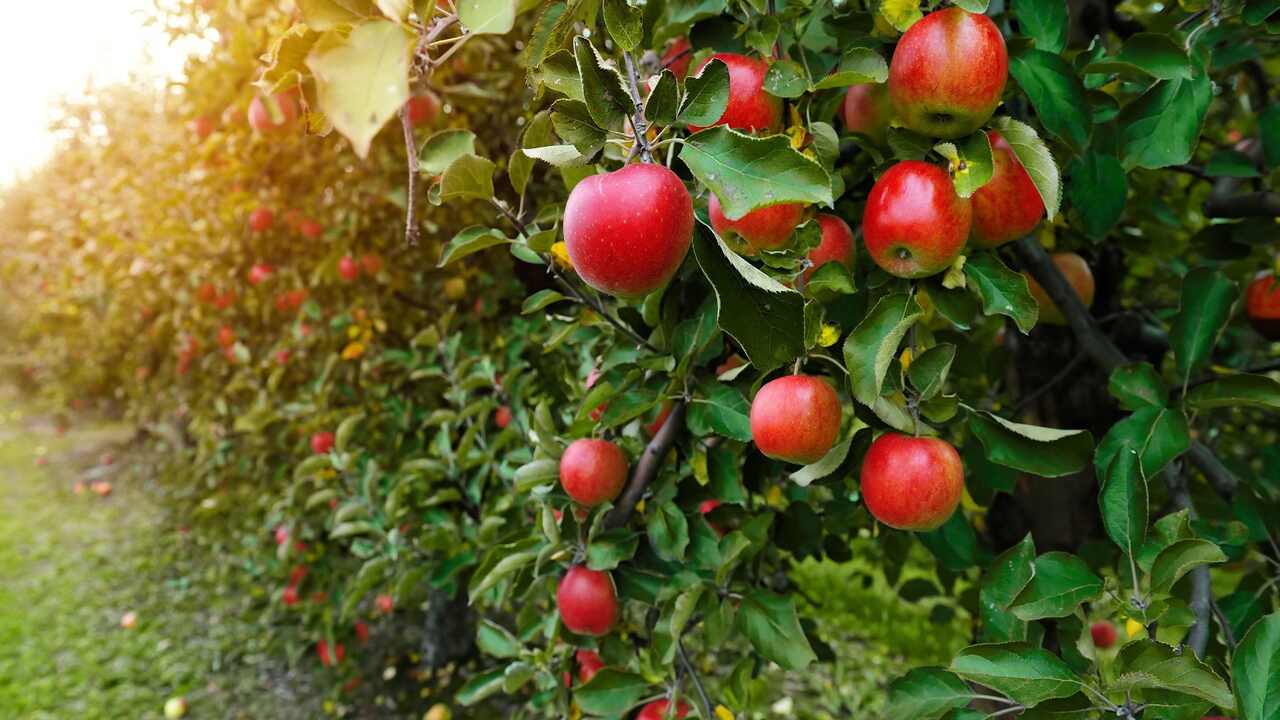
Regarding growing apple trees in a greenhouse, proper site selection is crucial for ensuring optimal growth and productivity. The first step in this process is to carefully evaluate the available options and choose a suitable location for the greenhouse.
The site should ideally receive ample sunlight throughout the day, as apple trees require at least six hours of direct sunlight to thrive. Additionally, the area should have good air circulation to prevent the buildup of humidity, which can lead to fungal diseases.
2.Optimal Soil Conditions
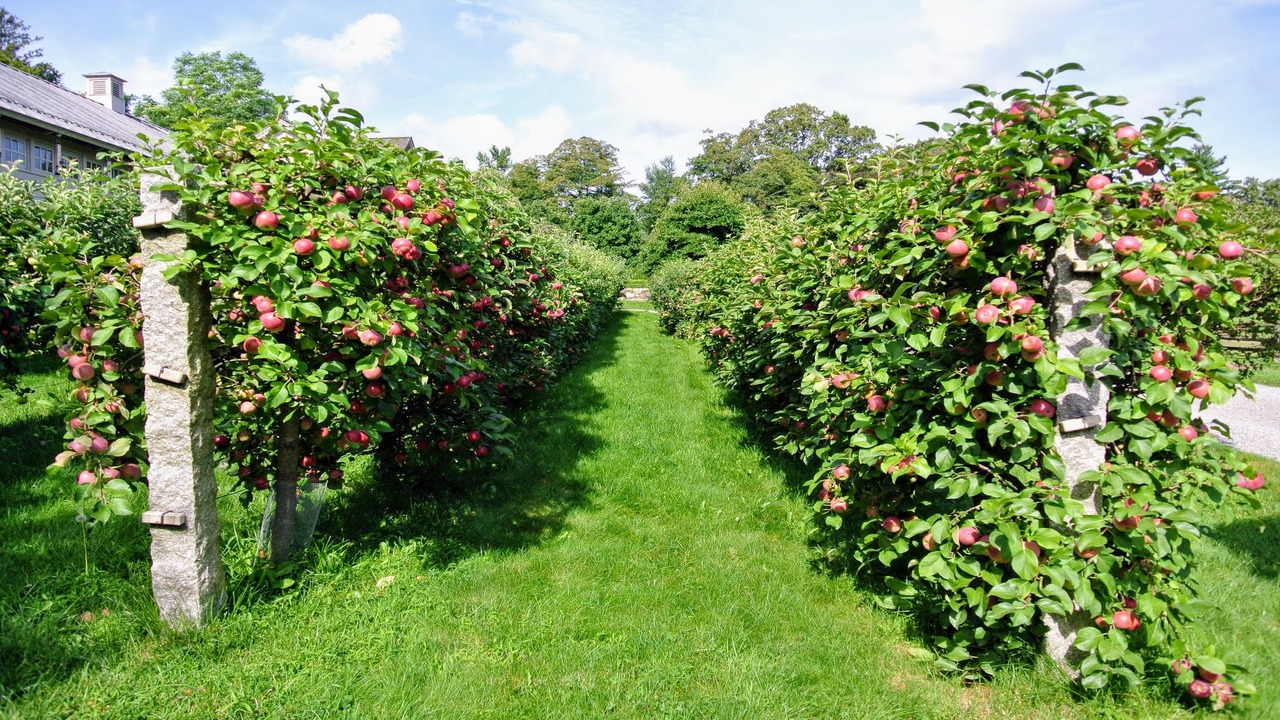
Growing apple trees in a greenhouse requires careful attention to optimal soil conditions. To ensure successful growth and fruit production, it is crucial to create an environment that mimics the natural habitat of apple trees. Apple trees thrive in well-draining soil that is rich in organic matter.
A mixture of loam, compost, and sand is recommended to provide the ideal balance of nutrients, moisture retention, and aeration. Maintaining proper soil pH is also essential for apple tree growth. A pH level between 6.0 and 7.
0 is considered optimal. We recommend regular soil testing to monitor and adjust pH levels as needed. Additionally, it is important to ensure that the soil is free from diseases and pests that can harm apple trees. Regular soil sterilization and the use of disease-resistant rootstocks are effective methods to prevent infestations.
3.Appropriate Container Size:
When growing apple trees in a greenhouse, choosing the appropriate container size is crucial for their successful cultivation. Apple trees thrive in well-draining soil, so it is important to select a container that allows for proper water drainage. A larger container, such as a 20-gallon pot, is recommended for apple trees as it provides ample space for the roots to grow and expand.
This container size ensures the tree has enough room to develop a strong root system. Which is essential for the overall health and productivity of the tree. Additionally, the container size plays a significant role in the overall growth and development of the apple tree.
A larger container allows for better nutrient uptake and retention, as well as improved air circulation around the roots. This promotes healthier growth and reduces the risk of root rot and other diseases hindering the tree’s performance.
4.Pruning And Training:
Pruning plays a crucial role in shaping the structure of the apple trees. It involves the removal of dead, damaged, or diseased branches, as well as any crossing or overcrowded ones. This process promotes better air circulation and sunlight penetration, reducing the risk of fungal diseases and ensuring uniform fruit development.
Pruning also helps to maintain the desired height and shape of the tree, making it more manageable within the limited space of a greenhouse. Training apple trees in a greenhouse involves guiding their growth and forming a strong framework.
People typically do this through the use of trellises or stakes, which provide support and aid in the distribution of weight. By training the branches to grow horizontally instead of vertically, more fruiting wood is exposed to light, resulting in increased yields.
5.Temperature And Humidity Control
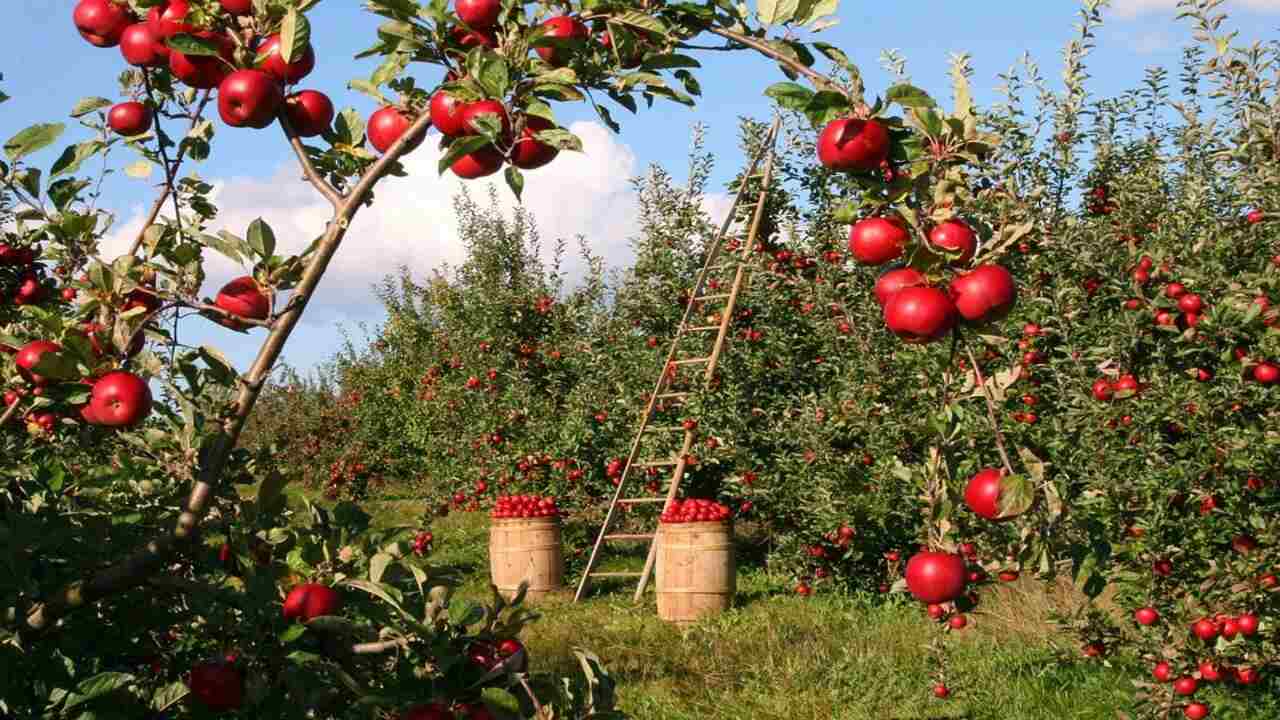
Regarding growing apple trees in a greenhouse, temperature and humidity control are paramount. Apple trees require specific environmental conditions in order to thrive and produce high-quality fruit. Maintaining optimal temperature and humidity levels is crucial for the success of the apple trees throughout their growth cycle.
To begin with, temperature control is essential. Apple trees thrive in a temperate climate, ideally with daytime temperatures ranging between 60 to 75 degrees Fahrenheit. And nighttime temperatures are around 45 to 55 degrees Fahrenheit.
In a greenhouse setting, it is important to utilize heating systems during colder months to ensure the temperature remains within the desired range. During the summer months, people should employ proper ventilation and shading techniques to prevent overheating. By carefully managing the temperature, apple trees can flourish and achieve their maximum growth potential.
6.Watering And Fertilization:
Watering plays a significant role in maintaining the health and vitality of apple trees. It is important to provide adequate moisture but not to overwater, as this can lead to root rot and other diseases. You should establish a consistent watering schedule, considering factors such as the size and age of the trees, as well as the prevailing weather conditions.
Regular monitoring of soil moisture levels is essential to determine when watering is necessary. In terms of fertilization, apple trees require a balanced nutrient supply to thrive. A soil test should be conducted prior to planting to determine the specific fertilizer needs of the trees.
Typically, a slow-release fertilizer high in nitrogen, phosphorus, and potassium is recommended for apple trees. Application rates and timing should be followed according to the specific instructions provided by the manufacturer or a professional horticulturist.
7.Pest And Disease Management:
Greenhouse environments provide controlled conditions that can help mitigate some of the risks associated with pests and diseases. However it is still important to be proactive in preventing and managing these issues.
One effective strategy for pest management in a greenhouse is regular monitoring and inspection of the plants. We can promptly address any signs of infestation or disease through early detection. Implementing physical barriers such as screens or nets can also help prevent pests from entering the greenhouse in the first place.
In terms of disease management, maintaining good sanitation practices is crucial. This includes regular cleaning of the greenhouse, equipment, and tools to remove any potential sources of infection. Proper ventilation and airflow within the greenhouse can also help reduce humidity levels, creating an environment conducive to disease development.
Importance Of Growing Apple Trees In A Greenhouse
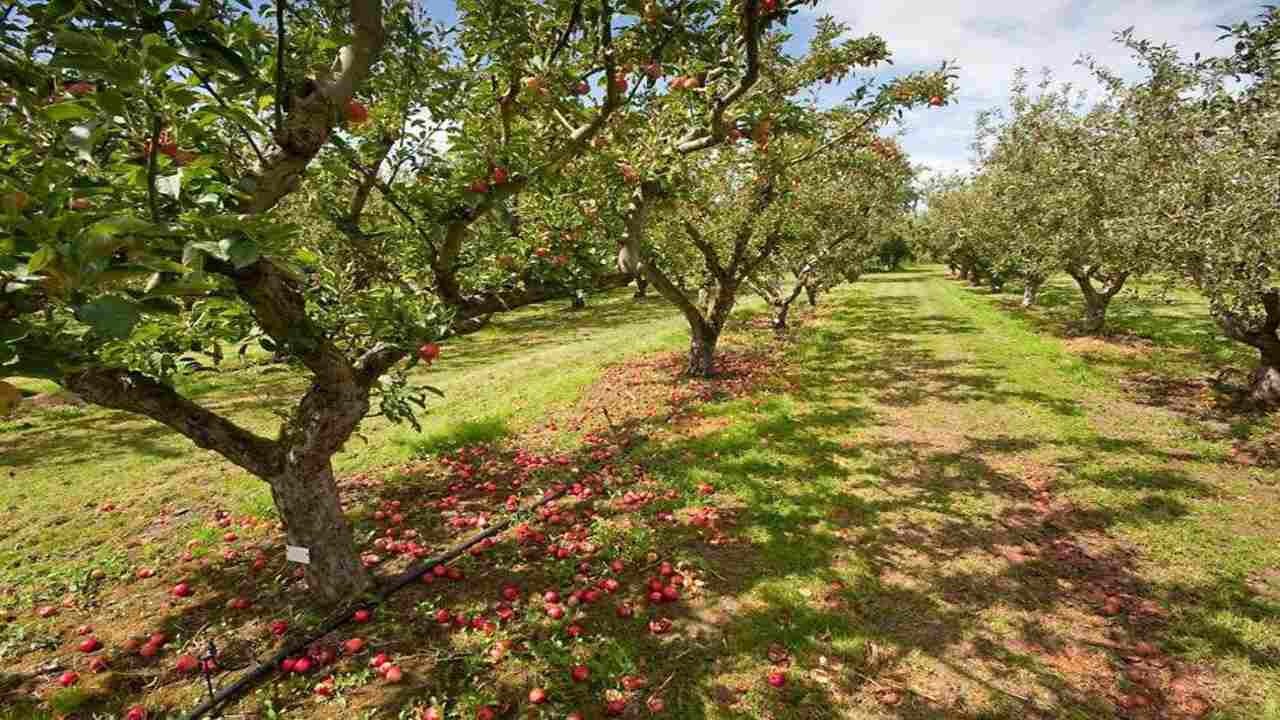
By growing apple trees in a greenhouse, farmers have the ability to tailor the growing conditions to meet the specific needs of the trees. They can adjust variables such as temperature, humidity, and light intensity. And nutrient levels, ensuring that the trees receive optimal conditions for growth throughout the year.
In addition, greenhouse cultivation also allows for the extension of the growing season. With the ability to regulate temperature and light. Farmers can start the growing process earlier in the year and continue it later into the season. The importance of growing apple trees in a greenhouse lies in providing a controlled environment that optimizes growth.
It improves yield and quality, extends the growing season, and promotes sustainable farming practices. By embracing greenhouse cultivation, farmers can ensure a consistent supply of high-quality apples while mitigating the risks associated with unpredictable weather patterns.
Popular Apple Tree Varieties Suitable For Greenhouse Growth
Knowing popular apple tree varieties suitable for greenhouse growth is important for several reasons. Firstly, greenhouse cultivation offers a controlled environment that allows for year-round apple production. By selecting the right varieties, growers can maximize their yields and ensure a steady supply of apples to meet market demand.
- Golden Delicious: Known for its sweet and crisp flavor, Golden Delicious apple trees are well suited for greenhouse growth due to their adaptability to controlled environments.
- Fuji: Fuji apple trees are popular for their juicy, crunchy texture and sweet taste. They thrive in greenhouse conditions and can be a great choice for indoor apple cultivation.
- Gala: Gala apple trees are known for their vibrant red and yellow skin, as well as their sweet and aromatic flavor. They can be successfully grown in greenhouses, making them a favorite among greenhouse apple growers.
- Honeycrisp: Honeycrisp apple trees produce large, crisp, and juicy apples with a perfect balance of sweetness and tartness. They can thrive in greenhouse environments and are highly soughtafter by consumers.
- Pink Lady: Pink Lady apple trees are known for their distinctive pinkish-red skin and tangysweet flavor. They can be successfully grown in greenhouses, offering a unique apple variety for indoor cultivation.
How To Choosing The Right Grow Apple Trees In A Greenhouse
Choosing the right apple trees for greenhouse growth is paramount for individuals or businesses engaged in commercial or hobbyist apple cultivation. With the increasing popularity of greenhouse gardening, it is crucial to have a deep understanding of the factors that contribute to successful apple tree growth in this controlled environment.
- Determine The Space And Size Requirements: Consider the available space in your greenhouse and choose apple tree varieties that will fit within that space.
- Consider The Climate And Growing Conditions: Research the ideal climate and growing conditions for apple trees and ensure that your greenhouse can provide these conditions.
- Select Disease Resistant Varieties: Look for apple tree varieties that are resistant to common diseases and pests, as this will help ensure successful growth in a greenhouse.
- Choose Selfpo llinating varieties: If you have limited space or are growing apple trees in a small greenhouse, opt for selfpollinating varieties to ensure fruit production.
- Consider The Desired Apple Type: Decide whether you want to grow dessert apples, cooking apples, or cider apples, and choose varieties accordingly.
- Research Rootstock Options: Different apple tree rootstocks have different growth habits and sizes. Choose a rootstock that is suitable for your greenhouse space and desired tree size.
- Ensure proper Ventilation And Air Circulation: Proper airflow is crucial for apple tree health.
Benefits Of Greenhouse Cultivation
Greenhouse cultivation offers numerous benefits that make it an essential practice for modern agriculture. Understanding the reasons behind the importance of greenhouse cultivation is crucial for farmers and agricultural enthusiasts alike. Greenhouse cultivation allows for a controlled environment, enabling farmers to manipulate factors such as temperature, humidity, and light intensity.
- Extended Growing Season: Greenhouses allow for yearround cultivation, regardless of external weather conditions.
- Climate Control: Greenhouses can adjust and control temperature, humidity, and lighting, creating an optimal environment for plant growth.
- Protection From Pests And Diseases: Greenhouses act as a physical barrier, preventing pests and diseases from reaching the plants and reducing the need for chemical pesticides.
- Increased Crop Yield: The controlled environment in greenhouses promotes higher crop yields due to optimized growing conditions and Efficient use of resources.
- Water Conservation: Greenhouses typically have efficient irrigation systems, reducing water waste and maximizing water usage.
- Protection From Extreme Weather Events: Greenhouses shield plants from harsh weather conditions like strong winds, heavy rain, and extreme temperatures, ensuring stable and consistent growth.
- Enhanced Crop Quality: The controlled environment of greenhouses promotes better quality crops with improved taste, texture, color, and nutritional value.
- Efficient Space Utilization: Greenhouses allow for vertical cultivation, making efficient use of
Factors To Consider When Choosing Apple Tree Varieties For Greenhouse Cultivation
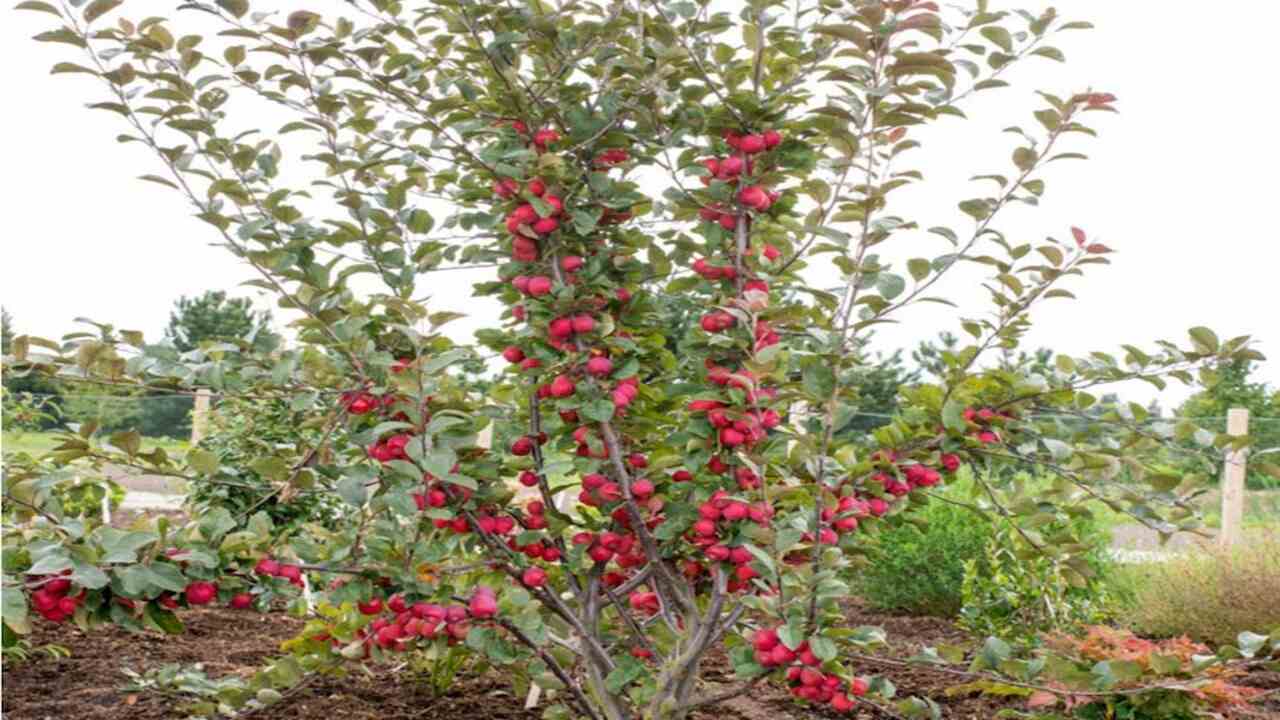
When embarking on greenhouse cultivation of apple trees, there are several crucial factors to consider when selecting the appropriate varieties. First and foremost, it is essential to assess the climatic conditions within the greenhouse.
Temperature, humidity, and light intensity play a significant role in the successful growth and development of apple trees. Therefore, opting for varieties that are well-suited to the prevailing conditions is paramount.
- Disease Resistance: Select apple tree varieties with high resistance to common diseases found in greenhouses, such as powdery mildew and apple scab.
- Pollination Requirements: Determine whether the apple tree variety is selfpollinating or requires crosspollination with another variety. If crosspollination is needed, ensure that compatible varieties are available.
- Size and Growth Habit: Consider the available space in your greenhouse and choose apple tree varieties that are suitable for size and growth habit. Some varieties are more compact and well-suited for smaller spaces.
- Chill hour Requirements: Check the number of chill hours required for the apple tree varieties you are considering. Greenhouse environments may have different chill hour accumulation compared to outdoor conditions, so select varieties that match your specific greenhouse conditions.
- Fruit Quality And Taste: Evaluate the flavor, texture, and overall quality of the fruit produced by each variety. Consider the market demand and consumer preferences for specific apple varieties.
Conclusion
It is very important to know How To Grow Apple Trees in a Greenhouse. Growing apple trees in a greenhouse is a great option for those who want fresh, homegrown apples year-round. With proper care and maintenance, these trees can thrive in a controlled environment, producing high-quality fruit.
Whether you are a professional farmer or a hobbyist gardener, following these tips and techniques can help you successfully grow apple trees in a greenhouse. With patience and dedication, you, too, can enjoy the fruits of your labor and savor the delicious taste of homegrown apples. So, why not try it and enjoy the delicious taste of homegrown apples straight from your own greenhouse?
FAQs
1.What Is The Best Environment To Grow Apples?
Ans: The best environment to grow apples is typically a temperate climate with cool winters, moderate summers, and well-drained soil. Apples thrive in regions where they can experience a chilling period to stimulate bud development and a wide range of temperatures for optimal growth.
2.Where Do Apple Trees Grow Best?
Ans: Apple trees grow best in temperate climates with well-drained soil and full sun. They thrive in regions with distinct seasons, where they can experience a period of dormancy during winter. Ideal temperatures for apple tree growth range from 60 to 75 degrees Fahrenheit (15 to 24 degrees Celsius).
3.What Is The Best Size Apple Tree To Plant?
Ans: The best size apple tree to plant will depend on various factors, including available space, desired yield, and personal preference. However, it is generally recommended to choose a semi-dwarf or dwarf apple tree for home gardens, as they are easier to manage and harvest.
4.What Fertilizer To Use To Make Fruit Sweet?
Ans: To make fruit sweet, it is important to focus on providing the necessary nutrients rather than relying solely on fertilizers. A balanced fertilizer with a higher ratio of potassium (K) can enhance fruit flavor and sweetness. Potassium helps in the development of sugars and improves fruit quality.
5.What Is The Most Common Apple Tree?
Ans: The most common apple tree is the Malus domestica, which includes various cultivars such as Granny Smith, Golden Delicious, and Red Delicious. These cultivars are widely grown and consumed worldwide due to their desirable taste, texture, and color.

